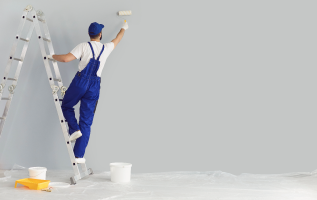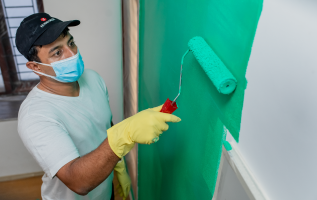
Live Chat

FLAT 25% off on Home Painting
 Unbeatable Prices!
Unbeatable Prices!
 5-Star Rated Partner!
5-Star Rated Partner!
 2200+ Shades!
2200+ Shades!
 Top Quality Paint
Top Quality Paint
 Free Cancellation!
Free Cancellation!

GET ESTIMATE

GET ESTIMATE

GET ESTIMATE

GET ESTIMATE

GET ESTIMATE

Live Chat

FLAT 25% off on Home Painting
 Unbeatable Prices!
Unbeatable Prices!
 5-Star Rated Partner!
5-Star Rated Partner!
 2200+ Shades!
2200+ Shades!
 Top Quality Paint
Top Quality Paint
 Free Cancellation!
Free Cancellation!

GET ESTIMATE

GET ESTIMATE

GET ESTIMATE

GET ESTIMATE

GET ESTIMATE


Why turpentine oil is mixed in paints?
Aakash
✔In Progress
👁3604
Views
May 13, 2022
2022-05-13T15:25:57+00:00 2023-10-03T14:10:29+00:00Comment
2
Answers
Painting
Share